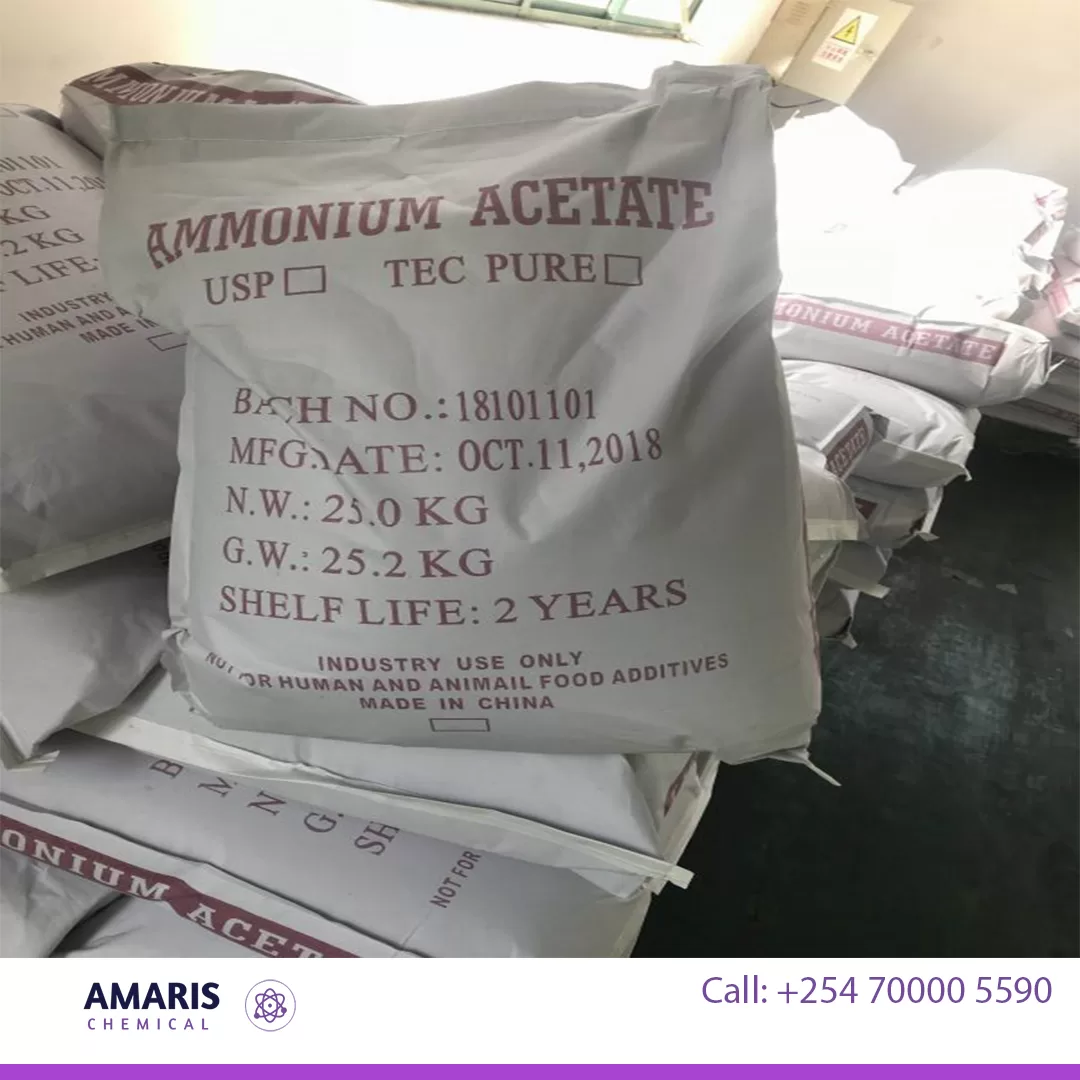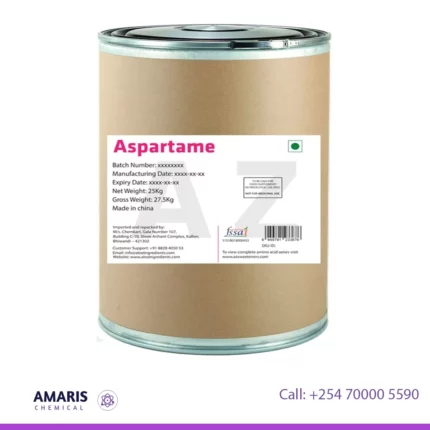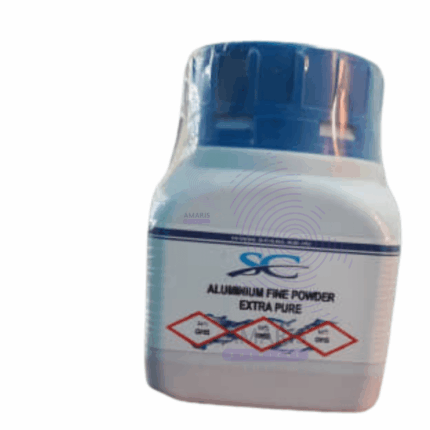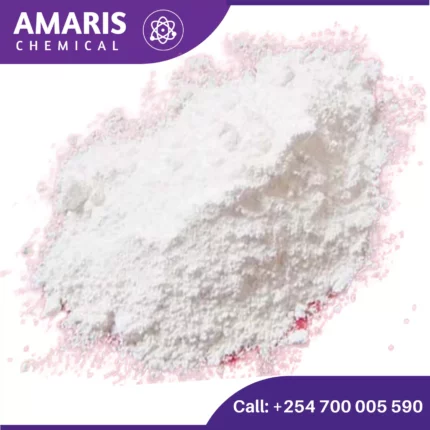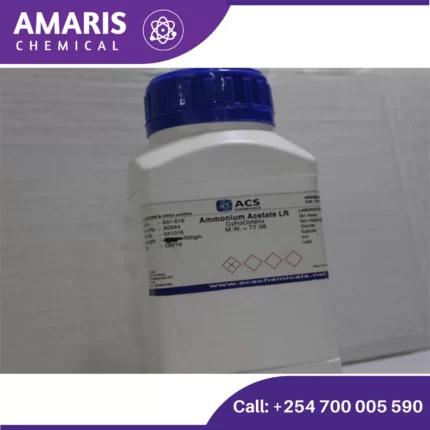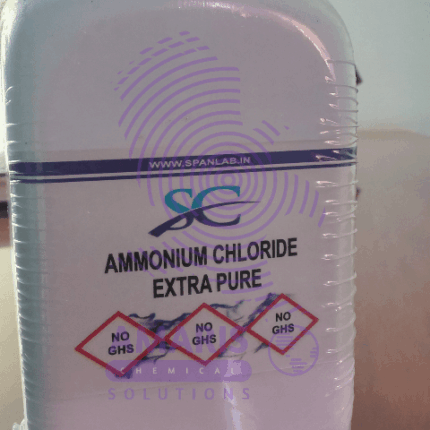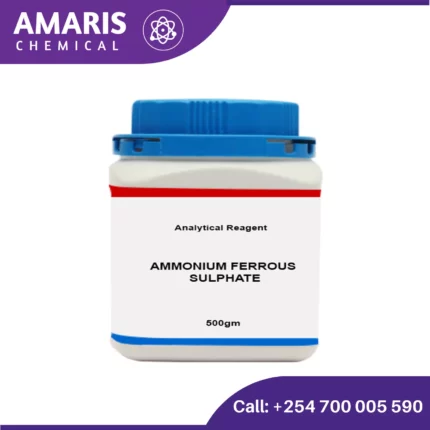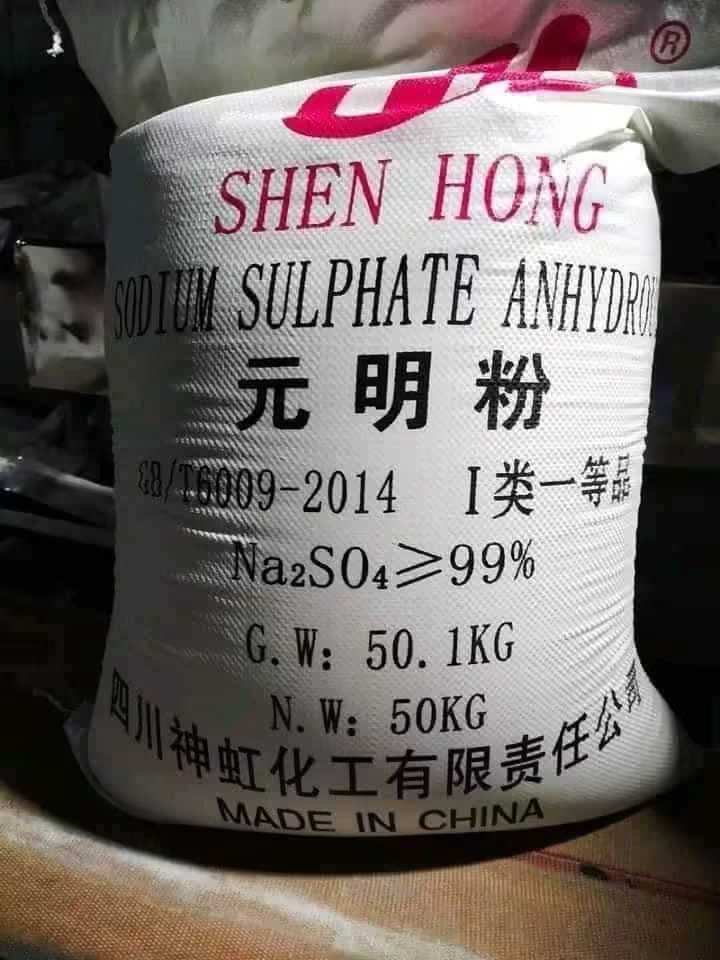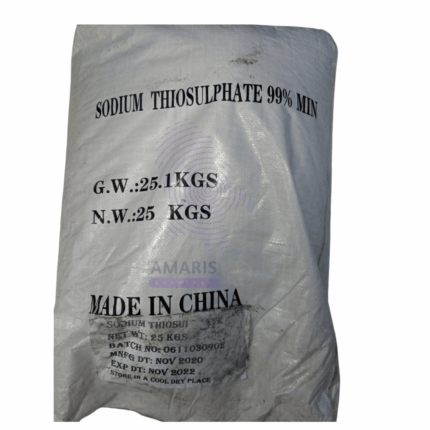“Sodium Thiosulphate 25kg” has been added to your cart. View cart
Ammonium Acetate 25kgs
KSh8,500.00 Original price was: KSh8,500.00.KSh8,000.00Current price is: KSh8,000.00.
Ammonium acetate is a chemical compound with the formula NH4CH3CO2. It is a white, crystalline solid with a vinegar-like odor. It is commonly used in various laboratory applications, such as in molecular biology and analytical chemistry. It can act as a source of acetate ion in reactions and is often used as a buffer solution in biochemical and molecular biology research. Additionally, it is sometimes used in the manufacture of other chemicals and as a food additive.
SKU:
ACS98834CHEM0
Category: Analytical Reagents
Description
Ammonium acetate
- Buffer Solution: It is commonly used as a buffering agent in molecular biology and biochemistry experiments. Its buffering capacity is particularly useful in maintaining a stable pH environment, especially in the range of 3.8 to 5.8.
- LC-MS Solvent: Ammonium acetate is often used as a mobile phase additive in liquid chromatography coupled with mass spectrometry (LC-MS). It helps improve ionization efficiency and enhances the resolution of analytes.
- Chemical Synthesis: It serves as a source of acetate ions in organic synthesis. It can be employed in various reactions such as acetylation, amidation, esterification, and as a catalyst in some reactions.
- Desiccant: Due to its hygroscopic nature, it is used as a desiccant to dry organic solvents and other compounds.
- Food Additive: In the food industry, it is used as an acidity regulator, buffering agent, and flavoring agent. It is generally recognized as safe (GRAS) by regulatory authorities when used in food products within specified limits.
- Preservative: Ammonium acetate can be used as a preservative in certain food products, helping to extend shelf life by inhibiting microbial growth.
- Pharmaceuticals: It may be used in certain pharmaceutical formulations as an excipient or for pH adjustment purposes.
- Dyeing and Printing: In textile industries, it can be used in dyeing and printing processes as an acidic buffer.
- Electroplating: Ammonium acetate can be used in electroplating processes as an electrolyte.
- Laboratory Reagent: It is a common reagent in various laboratory procedures, including DNA/RNA extraction, protein precipitation, and chromatography.
Shipping & Delivery
Related products
Aluminum Fine Powder
Aluminum Hydroxide 250gm
Aluminium hydroxide is a chemical compound with the formula Al(OH)3. It is an inorganic compound that is commonly used as an antacid to neutralize excess stomach acid, as well as a component in the manufacture of various products, such as ceramics, paper, and cosmetics. It is a white, powdery substance that is insoluble in water and has a low toxicity. When heated, it decomposes to produce aluminium oxide, or alumina, which is used in the production of aluminium metal.
Ammonia Acetate
Ammonium acetate (NH4C2H3O2) is a chemical compound with various applications and properties. Here are some key points about it:
Properties
- Chemical Formula: NH4C2H3O2
- Molecular Weight: 77.08 g/mol
- Appearance: White, crystalline solid
- Solubility: Highly soluble in water
- Melting Point: Decomposes upon heating
Ammonium Chloride 500gm
Ammonium chloride is an inorganic compound with the chemical formula NH4Cl. It is a white crystalline salt that is highly soluble in water and has a salty taste. Ammonium chloride is often used in various industrial and laboratory applications, including as a flux in soldering, as a nitrogen source in fertilizers, and as a component in dry cell batteries. It can also be used in medicine as an expectorant to help thin and loosen mucus in the respiratory system
Ammonium Ferrous Sulphate 500gm
Sodium acetate Trihydrate
Sodium sulphate 25kg
Sodium Thiosulphate 25kg
Sodium thiosulfate (Na2S2O3) is an inorganic compound that is commonly used as a photographic fixer, as well as in medical and industrial applications. It is a white crystalline powder that is soluble in water and has a mild odor. In photography, sodium thiosulfate is used to remove unexposed silver halide from photographic prints and negatives, making the image permanent. In medicine, it is used as an antidote for cyanide poisoning, and in industrial applications, it is used as a reducing agent, a dechlorinating agent, and in water treatment processes.

